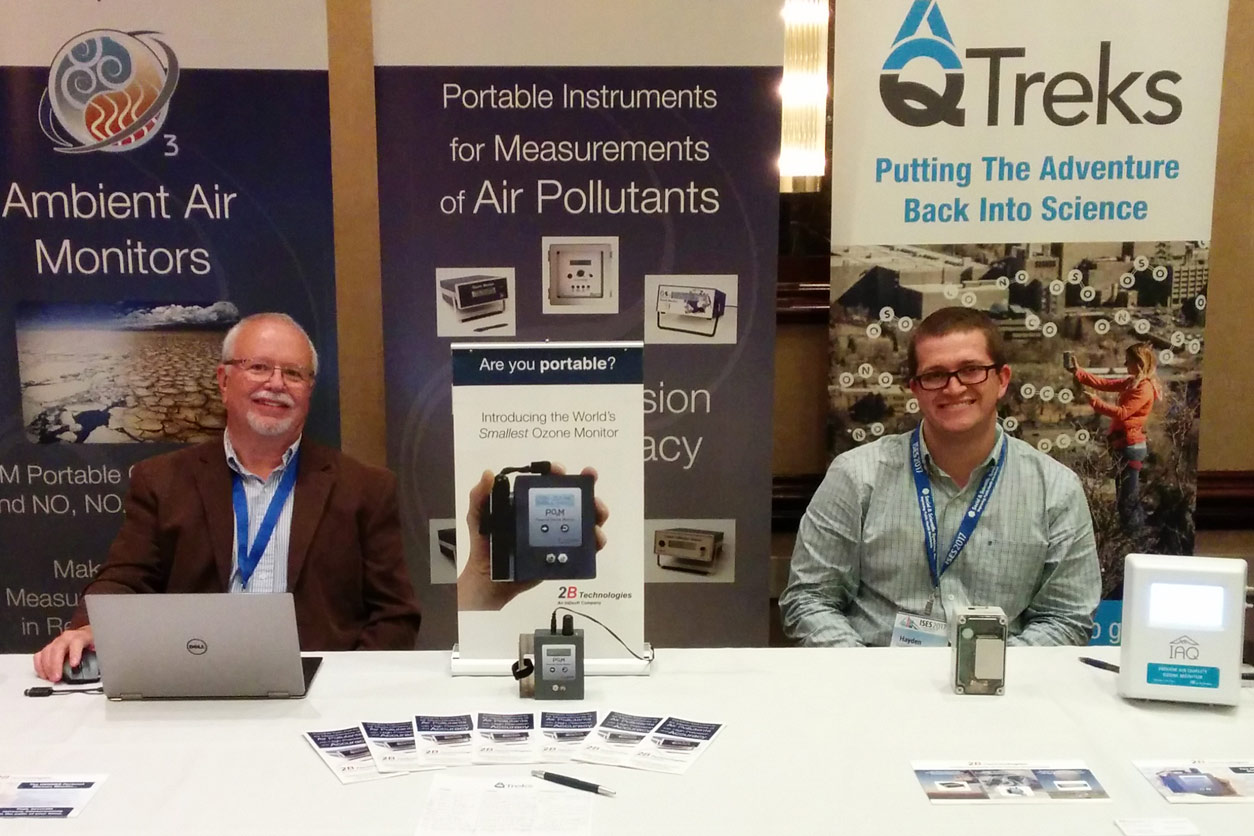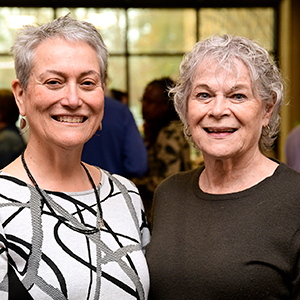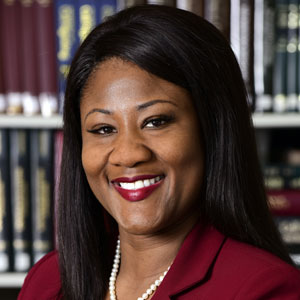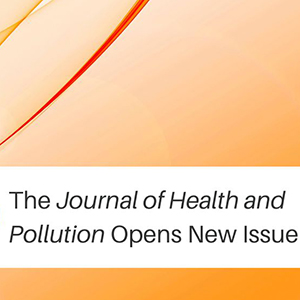The Small Business Administration (SBA) named NIEHS grant recipient 2B Technologies among the 2020 winners of the prestigious Tibbetts Award for cutting-edge technologies, in a Jan. 14 announcement (see sidebar). The awards recognize recipients of Small Business Innovation Research (SBIR) and Small Business Technology Transfer (STTR) funds for exceptional successes.
The award-winning projects from 2B Technologies involve portable, user-friendly air quality monitoring tools. The company did not stop at novel products, however. They took it a step further, inspiring and engaging a new generation of science, technology, engineering, and math students with AQTreks — a K-12 educational outreach program. Using the personal air monitor developed with SBIR grant support, students can explore air pollution along paths they design.
John Birks, Ph.D., is the co-founder and chief scientist of 2B Technologies. With NIEHS SBIR grants, his company developed a personal ozone monitor, black carbon analyzer, personal air monitor, and the AQTreks program.
 Birks, left and Hayden Aubermann, technical sales representative, display 2B Technology’s monitors during the 2017 annual meeting of the International Society of Exposure Science. (Photo courtesy of Lingamanaidu Ravichandran)
Birks, left and Hayden Aubermann, technical sales representative, display 2B Technology’s monitors during the 2017 annual meeting of the International Society of Exposure Science. (Photo courtesy of Lingamanaidu Ravichandran)“John Birks and 2B Technologies made excellent use of the SBIR grant mechanism by successfully developing and commercializing an entirely new generation of highly portable and lower cost air pollution monitoring technologies,” said Lingamanaidu (Ravi) Ravichandran, Ph.D., a health scientist administrator at NIEHS.
“This effort helped create a new application and market for these technologies, and moreover, they are making a real difference in the education of our youth about air pollution and its effect on human health and climate change,” he added.
Ozone
 Ravichandran is a program officer in the NIEHS Exposure, Response, and Technology Branch, working with SBIR and STTR grant applicants and recipients. (Photo courtesy of Steve McCaw / NIEHS)
Ravichandran is a program officer in the NIEHS Exposure, Response, and Technology Branch, working with SBIR and STTR grant applicants and recipients. (Photo courtesy of Steve McCaw / NIEHS)The portable ozone monitor has a built-in GPS so it captures location along with continuous ozone measurements. Because of its small size and weight, high sensitivity, fast response time, and portability, the monitor has made detailed studies of individual-level exposures to ozone possible for the first time. “We think this will enhance environmental health studies of the health effects of ozone and help to validate computer models of human exposure,” said Ravichandran.
According to the company, their ozone monitor is the world’s smallest ultraviolet light-based ozone monitor. Weighing in at only 1 pound, the monitor’s accuracy and precision is comparable to conventional ozone monitors weighing 35-45 pounds.
Ozone, a harmful component of smog, can worsen symptoms of asthma, bronchitis, and emphysema. See the NIEHS webpage on air pollution for more on health effects research.
The innovative monitor can monitor ozone in residential and industrial sites at ground level, or be mounted on kites, balloons, drones and other vehicles to measure changes with altitude. It is also useful in remote locations where power is limited, Ravichandran explained.
Student scientists
2B Technologies initially used the portable ozone monitor as part of a K-12 education program, to demonstrate its applicability. With additional NIEHS SBIR grants, the company continued the work and developed a personal air monitor that measures several air pollutants:
- Carbon monoxide.
- Carbon dioxide, a greenhouse gas.
- Particulate matter (PM) in three size categories: less than one micron, or PM1; less than 2.5 microns, or PM2.5; and less than 10 microns, or PM10.
Students at schools that participate in the program, called AQTreks, use these monitors to measure air pollutants as they walk through their neighborhood, school building, or other areas. The monitor connects to an app on their smartphones, so students can view real-time measurements. They can further upload the data to the cloud, and analyze it in the classroom.
According to Ravichandran, more than 8,000 students have participated in treks at more than 150 schools to date (see video, right).
The monitor transmits data via a cellular connection to the web where treks are stored and can be analyzed by AQTreks users around the world.
Citation: Ellenburg JA, Williford CJ, Rodriguez SL, Andersen PC, Turnipseed AA, Ennis CA, Basman KA, Hatz JM, Prince JC, Meyers DH, Kopala DJ, Samon MJ, Jaspers KJ, Lanham BJ, Carpenter BJ, Birks JW. 2019. Global Ozone (GO3) Project and AQTreks: use of evolving technologies by students and citizen scientists to monitor air pollutants. Atmos Environ X 4(2019):100048.










